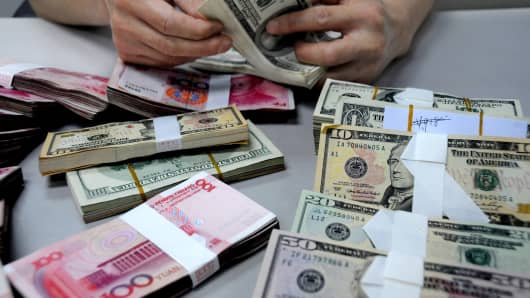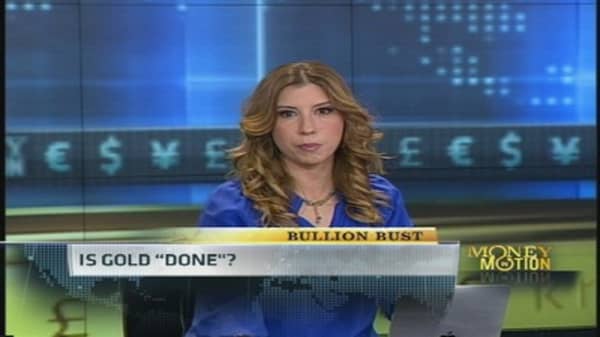The Mexican peso has been on a tear lately, having just hit a nineteen-month high thanks to a well-received announcement of economic reforms and Mexico's tendency to trade in tandem with U.S. stocks.
But can the fiesta continue?
"I do like" the peso, says Andrew Busch, and not just because of the recent news. Mexico imports almost a third of its natural gas from the U.S., Busch says, and "that's really good because they're getting cheap natural gas in a steady supply." That helps the manufacturing sector and boosts its global competitiveness, he told CNBC's Amanda Drury.
But Amelia Bourdeau, director of foreign exchange at Westpac Institutional Bank, is skeptical. She points out that the Banco de Mexico recently cut interest rates for the first time since 2009. They say it's not the start of a rate-cut cycle, but "it's made investors nervous about being long the peso," she says. In addition, investors already have significant long positions in the peso, so there are fewer left to jump in and keep any rally going.





